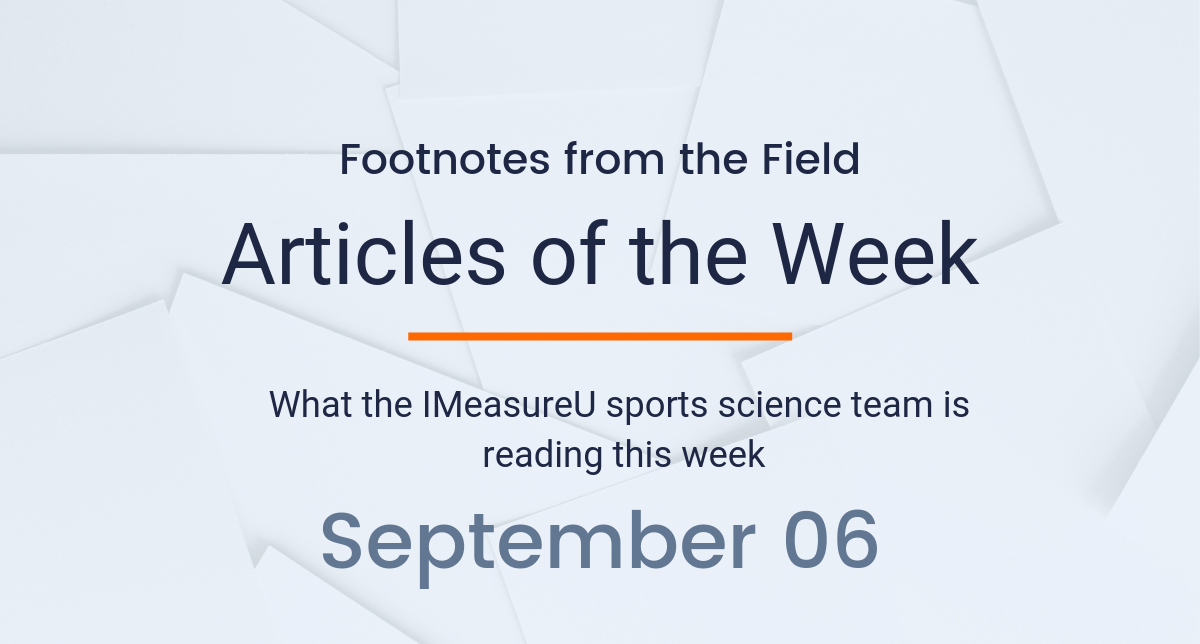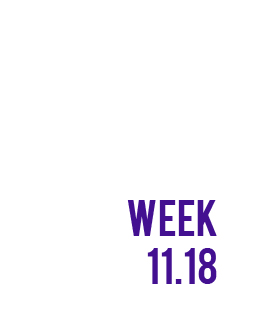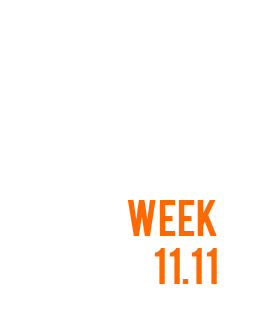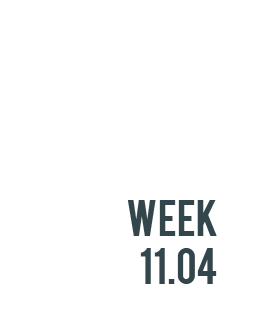
Here’s what the sports science team at IMeasureU is reading this week:
The first article from this edition of the articles of the week comes from author Benjamin Mentiplay and colleagues in the Physical Therapy in Sport journal. The objective of this paper was to report physical characteristics of lower-limb strength, endurance, range of motion, balance, and pain during adductor squeeze in elite female Australian Football players. The results of this article give practitioners the ability to use this data for comparison purposes in the screening and management of elite female athletes.
The next article comes from author Parisa Namazi and colleagues in the European Journal of Sport Science. The purpose of this study was to look into the association between ankle and knee proprioception and lower extremity injuries in young football players. Results of this study suggest that these is a lack of association between knee and ankle joint position sense and lower extremity injuries in football field players. Therefore this calls into question the usefulness of preseason screening of joint position sense to help identify players at increased risk of injury.
This article in the Journal of Strength and Conditioning Research by author Hugh Fullagar at University of Technology Sydney presents a study which aimed to examine practitioners’ perceptions around the use, implementation, and barriers to evidence-based practice in sport science in the United States of America. The survey was completed by 67 full time staff who were a physical performance team member employed by universities or professional sporting organizations in the USA. Among the interesting results, Fullagar et all found that lack of staff, time and nonapplicable research were the biggest barriers between accessing and implementing research.
Our fourth article comes from an editorial in the British Journal of Sports Medicine by Billy Hulin and Tim Gabbett. This article hopes to provide novel perspectives and some clarity and context on the practical applications of the acute:chronic workload ratio. The first details within this article clarify wording presented in previous manuscripts by the authors including ‘predictive’ and ‘predict’. The article the goes on to outline how the acute:chronic workload ratio can be used for team and individuals as well as stating that the A:C ratio of 1.5 is not the magical boundary where all training should ‘cease and desist’.
The last article in this week’s articles of the week comes from author Krzysztof Mackala and colleagues from the School of Physical Education in Wroclaw, Poland. The purpose of this article was to examine the effects of speed training on sprint step kinematics and performance in male sprinters. There are many interesting conclusions in this article however, for coaches, the recommendation that as little as eight sprint sessions can improve sprint performance and lower extremity explosive power is the most interesting and applicable.
For more sports science check out our blog for in-depth case studies and industry updates. Also, be sure to sign up for our newsletter below so you are always up to date with the latest research.




